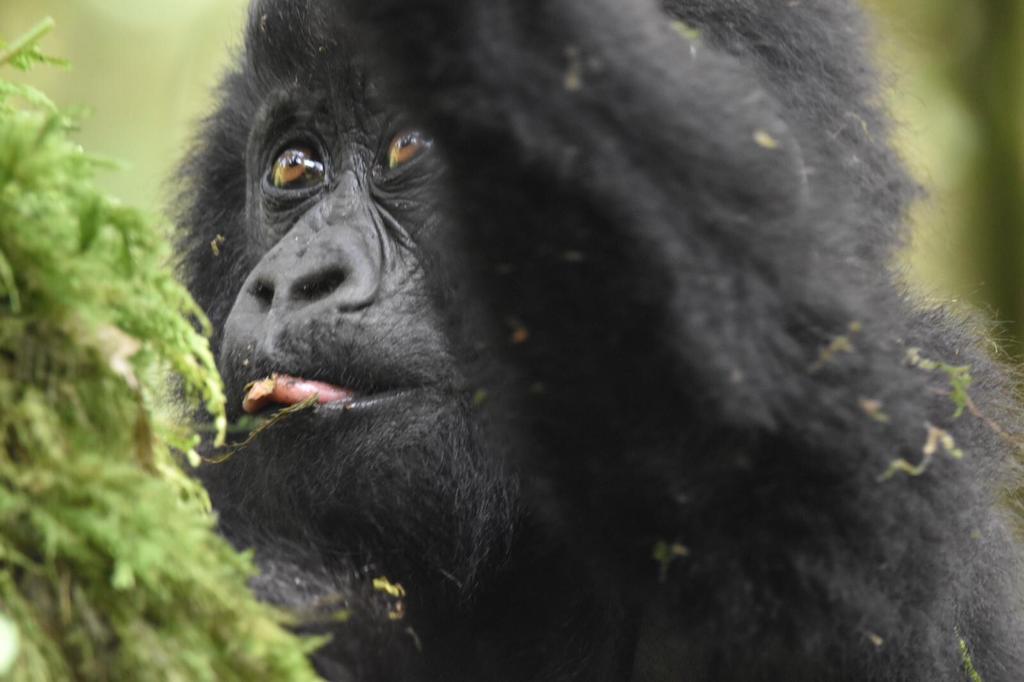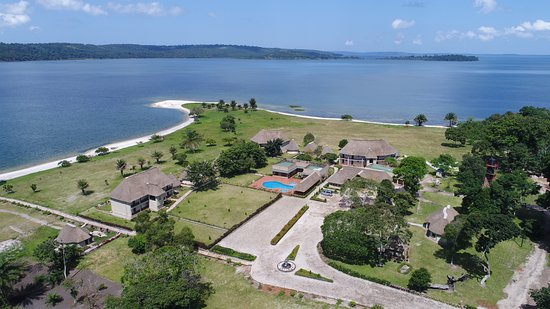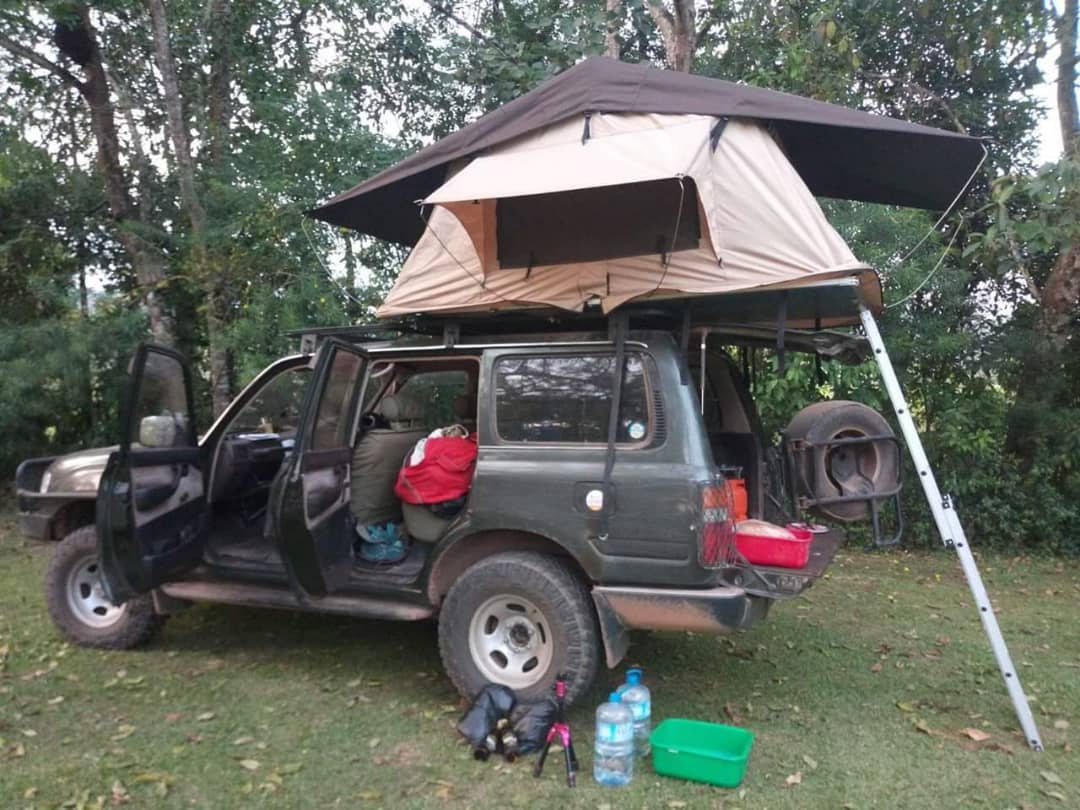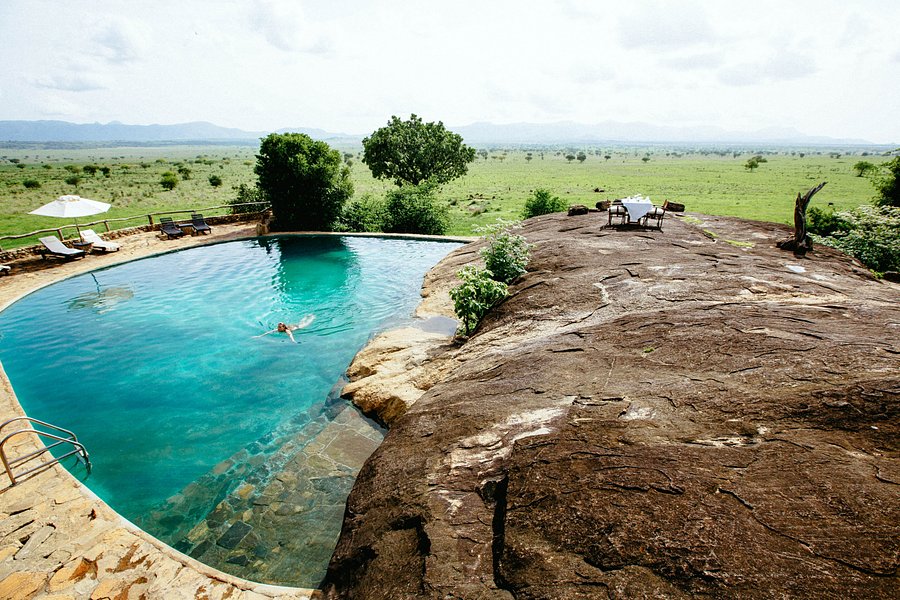As the year 2017 is ending it has been good for Uganda as it is listed among the top destinations mostly visited in Africa for Wildlife & Primate Safaris, Cultural and Adventure tours. Uganda is known to be “The Pearl of Africa” because of its wide scope of touristic attractions comprising of Wildlife Primates and species like Mountain Gorillas, Chimpanzees, Golden Monkeys, African Big Fives, Black and White Colobus Monkeys, Giraffe, Zebras, different bird species and more, Cultural sites with historical gadgets, cultural tribes and norms, Physical features which include Mountains, Landscapes, Rivers, Lakes, Falls, Hot springs, Forests with big tree species.
Uganda is located in the Eastern part of the African Continent bordering Kenya also mostly known for Wildlife in the East, South Sudan in the North, Democratic Republic of Congo in the West, Rwanda and Tanzania in the South. Below is the list of popular destinations which most of the visitors to Uganda and Africa in general have more interests in with their persuasive attractions.
Kidepo Valley National Park
This popularly known Uganda’s destination is ranked to be one of the biggest National Parks in Uganda with wide scope of Wildlife primates in its bio diversity. Kidepo Valley National Park is located in the Northern part of Uganda Karamoja region in Kaboong district, it is rugged Savannah dominated by the 2,750 meters Mount Morungole and transected by the Kidepo & Narus Rivers.
It is park is approximately 220 kilometres, by road northwest of Moroto, the largest town in the sub-region. It is about a full day drive from Kampala up to Kidepo Valley National Park when you use Kampala – Masindi- Gulu highway with en-route game viewing. While in Kidepo Valley National Park you will be exposed to wide scope of Wildlife primates in its diversity which include the African big fives like Elephants, Buffaloes, Lions & Leopards except Rhinoceros which are only found in Ziwa Rhino Sanctuary, Giraffe, Impala, Kobs, Elands, Zebras, Bush babies and different bird species. These species and primates can be well spotted while on morning, afternoon or evening game drive around the park.
Bwindi Impenetrable National Park
This park is located far in the South western part of Uganda; it is located along the Democratic Republic of the Congo border next to the Virunga National Park and on the edge of the Albertine Rift. It is characterized with both Montane and Lowland Forest; it is composed of 120 species of mammals, 348 species of birds, 220 species of butterflies, 27 species of frogs, chameleons, geckos, and many endangered species.
Bwindi Impenetrable Forest National Park is among the most diverse forests in East Africa, with more than 1,000 flowering plant species, including 163 species of trees and 104 species of ferns. This park is commonly known for the shy endangered Mountain Gorillas with about 340 gorillas and about thirteen habituated gorilla families for trekking group in four sectors named Nkuringo, Rushaga, Ruhija and Buhoma sector.
The Batwa people are also residents in this park and you have high opportunities of visiting them in their local communities such that you can share with them through engaging in their cultural activities.
Queen Elizabeth National park
Similarly, Queen Elizabeth National Park is also located in the Western part of Uganda near districts of Kasese, Kamwenge, Rubirizi and Rukungiri covering about 1,978 km2 of Area. It is approximately 400 kilometres by road south-west of Kampala, Uganda’s capital city. Kasese town is just outside the northeastern edge of the park, while the town of Rubirizi is just outside the park’s southeastern boundaries.
It includes Maramagambo Forest, Kyambura gorge, Ishasha sector and Kazinga Channel, it is rated to be among the good bird watching sites in Uganda with over 500 species of birds recorded sightable but it’s commonly known for the popular Tree climbing lions which are found in the Ishasha sector.
It also has a wide scope of wildlife primates which include Cape buffaloes, hippopotami, crocodiles, elephants, hippos, leopards, lions, and chimpanzees which are found in the Kyambura gorge but rarely seen in some seasons thus giving you an amazing and rewarding Wildlife Safari in Uganda. While in Queen Elizabeth National Park you can do activities like Game drive either in the morning, afternoon or evening and this the best option of seeing most of the Wildlife primates and species in Queen, boat cruise along the Kazinga Channel.
Murchison Falls National park
This National Park is located in the North western part of Uganda commonly known for the great Murchison Falls; it is spreading inland from the shores of Lake Albert, around the Victoria Nile, up to the Karuma Falls. Its driving distance from Masindi, the nearest large town, to the Kibanda area of the national park is about 72 kilometres, this park covers about 3,893 km2 of Area. This area is about 283 kilometres by road, north-west of Kampala, the capital city of Uganda.
This destination is also packed with wide range of Wildlife primates and 76species of mammals which include elephants, Buffaloes, lions, Giraffe and over 450 bird species which include variety of water birds like shoe-billed stork, dwarf kingfisher, Goliath heron, white – thighed horn bill and great blue turaco, most of them are found in Budongo forest. While in Murchison Falls National Park do not miss out a boat cruise along the Waters of the fall after your fantastic game drive around the park, this is the best opportunity of sighting different aquatic species like hippos, birds, crocodiles and different animals which ascend towards the shores of the falls in need of some water.
Mgahinga Gorilla National Park
This destination is also located in the western part of Uganda known to be the second gorilla hosting destination if not Bwindi Impenetrable National Park, its inclusive of the Virunga Massif with Volcanoes National Park of Rwanda and Virunga National Park of Democratic Republic of Congo, It’s about 8-9 hours’ drive from Kampala the capital city of Uganda to Mgahinga National Park with en-route game viewing, or since this park is inclusive of the Virunga Massif you can land in Rwanda at Kigali airport and cross borders to Mgahinga National Park which is about 3-4 hours’ drive from Kigali which looks to be shorter than when you land in Uganda at Entebbe airport. Mgahinga Forest National Park is characterized with both Rain forest and Bamboo forest where Golden Monkeys are residents; these Golden Monkeys in Uganda are only found in Mgahinga National Park.
Mgahinga Gorilla National park hosts the least part of Uganda’s gorilla population with Bwindi Impenetrable National park dominating, Mgahinga only has one gorilla family for trekking named “Nyakagezi Gorilla Family”. While in Mgahinga National Park you can do activities like Gorilla trekking which is mostly done, Golden Monkey tracking and the Batwa Cultural experience.
Kibale Forest National Park
Traveling to fort portal via Kampala- Mityana- Mubende – Fort portal highway branching off in Kibale is the road to this touristic destination with ever green cover, its characterized with tropical rain forest comprising of big tree species, shrubs, green vegetation and more. Over twelve species of primates are recorded in this park including the most known and wanted Chimpanzees, Black and White Colobus Monkeys, Vervets, Red tailed Monkeys, and different bird species including the rare shoe bill which is mostly found in Bigodi Wetland.
This park is mostly accessed via foot and while in Kibale forest National Park you can do activities like Chimpanzee tracking which involves visiting the Jungle in search of these primates very excited to see them feeding, playing with young ones, swinging in tree branches and taking photos of them, it involves buying a permit which costs $200 USD per person for the tracking and $250 USD per person for the Chimpanzee habituation experience. Bird watching is another activity to do in Kibale mostly in the Bigodi Wetland and its advised either to go in the morning or evening time.
Semliki National Park
This is one the Uganda’s newest national parks and particularly located in the western part of Uganda with its flora and fauna, its rated to be among the best watching sites in Uganda although its commonly known for the female and male hot springs. It’s about 6-7 hours’ drive from Kampala to Semliki National Park via fort portal high way.
It is rich with Wildlife primates which include Forest elephants, Buffaloes, leopards, Kobs, Sitatungas, hippopotamus plus different bird species which include the rare shoe bill, Water birds and more. Do not leave Semliki without visiting its unique female and male hot springs characterized with boiling water which can be used to cook eggs and bananas, it does not require you to come with a saucepan and fire rather you just throw your uncooked eggs and bananas in the flowing boiling water and wait for some minutes.
While in Semliki you can do activities like forest walks and game drive which is the best option of sighting different primates and bird species in stock.
Lake Mburo National park
This is also located in Western part of Uganda rich in Swamps with wide scope of wildlife primates. It’s about 4-5 hours’ drive from Kampala to Lake Mburo national park via Kampala- Masaka high way with en-route stop over at the Equator for some explanations, snacks and photographs.
Due to its wide spread of Wetlands in this park it’s a home to wide range of different bird species which even include the rare shoe bill. Wildlife in Lake Mburo National park include Zebras, Elephants, Leopards, Lions, Kobs, Elands, impala, Buffaloes, Hippos and more. While in Lake Mburo National Park you can do activities like game drives, boat cruise and more.
Ngamba Island Chimpanzee Sanctuary
This is a protected area which is located on an island which is situated on Lake Victoria, it was gazetted to provide home for the orphaned and un cared rescued Chimpanzees. You can better access it by boat which is started from Entebbe or you can go by a private charter which is arranged from Kajjansi airstrip. This Sanctuary is characterized with green thick vegetation and while there you can do activities like Chimpanzee feeding, Care giving and volunteering.
Mabamba
This is a swampy area located in Entebbe and it’s commonly for Bird watching, this place is a home to the rare shoe bill where birders mostly go with interest of sighting this species.







